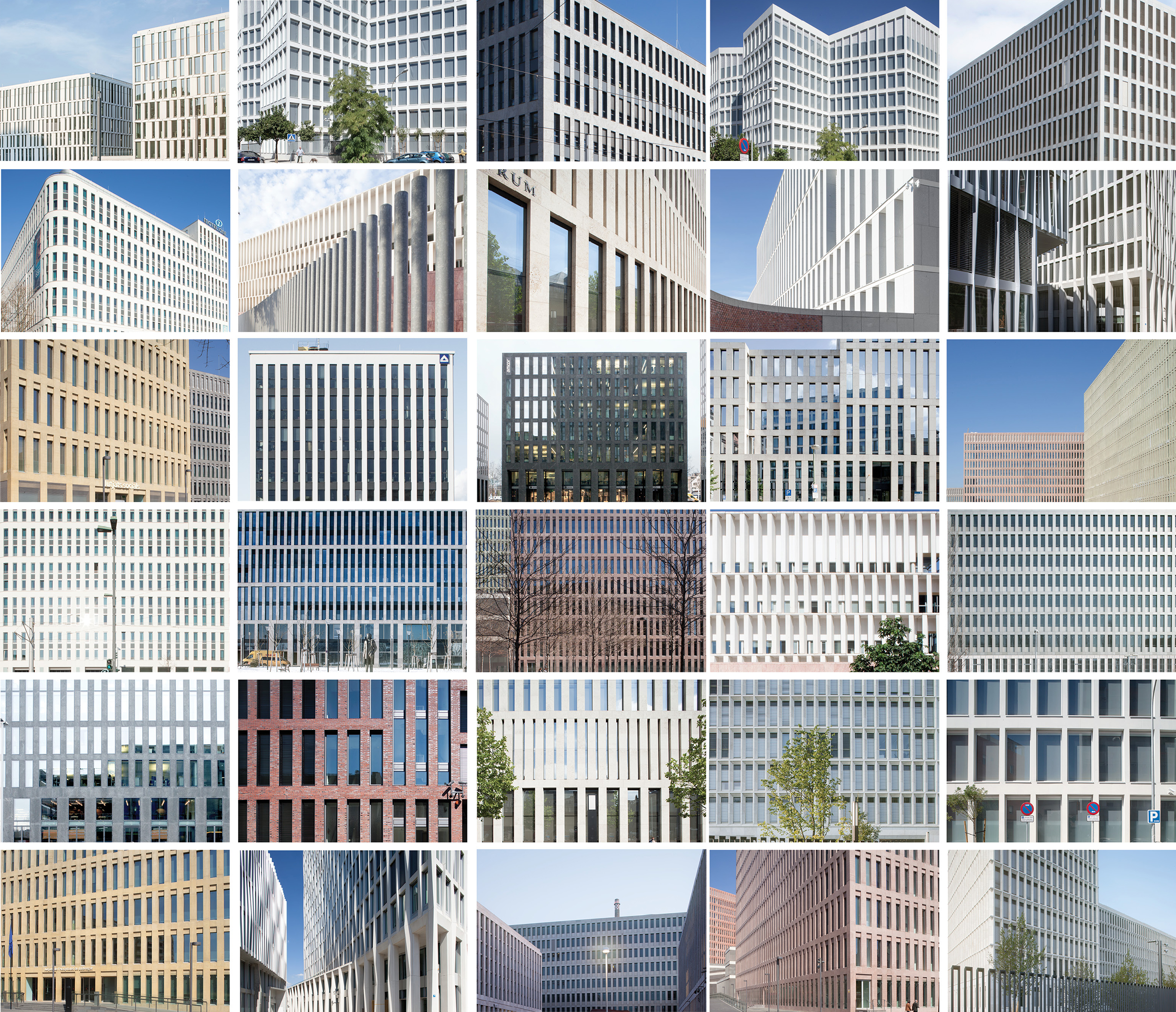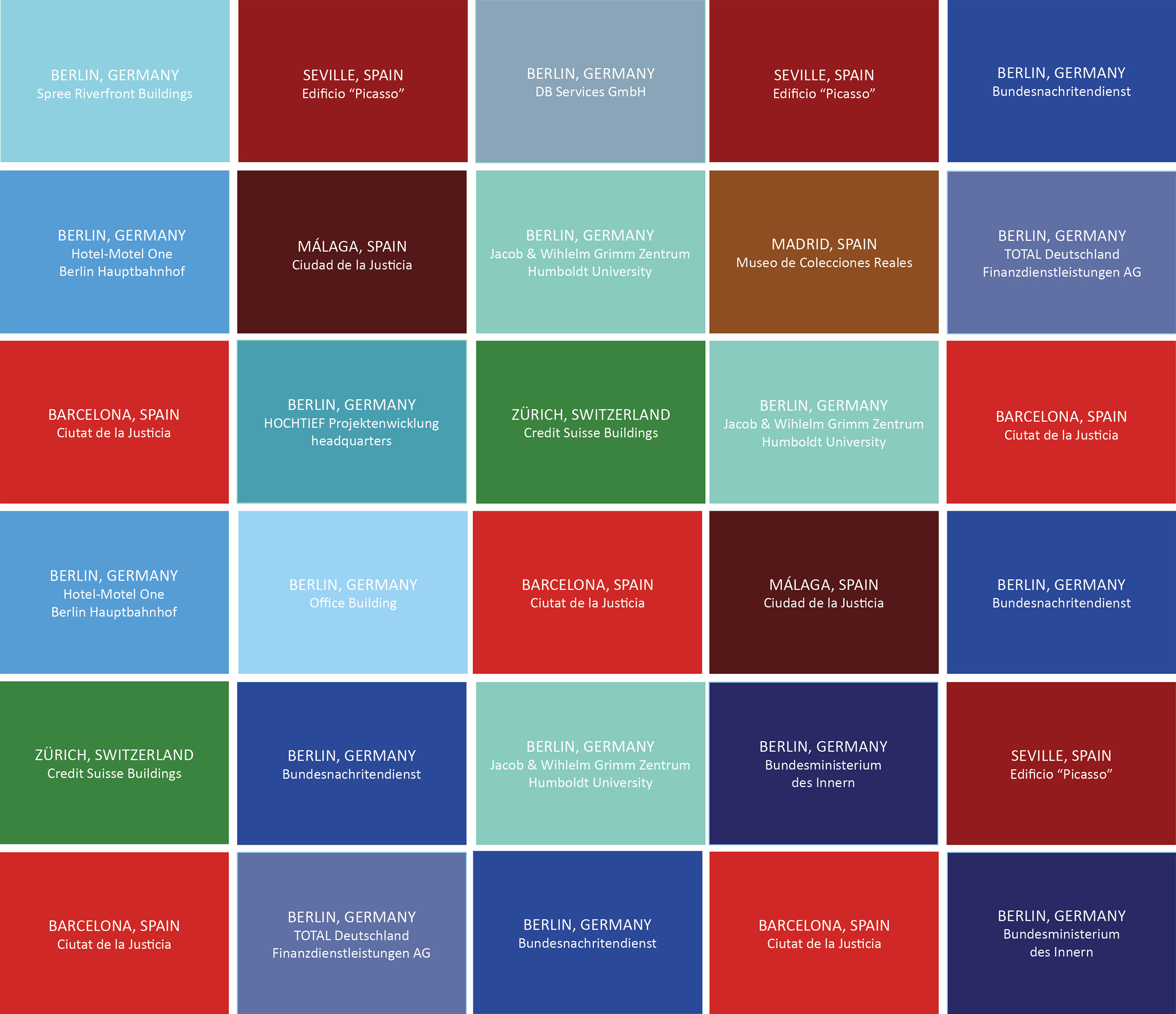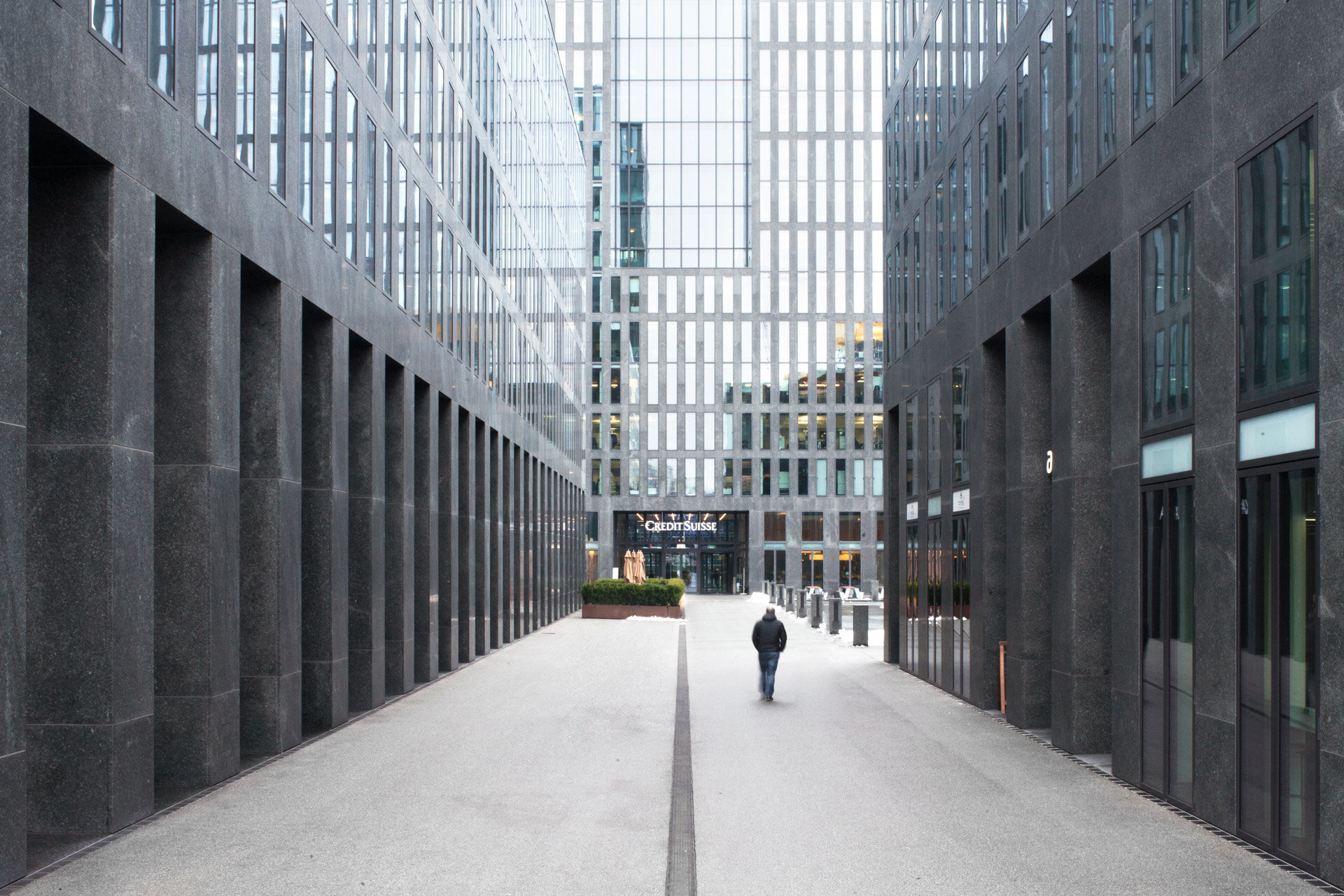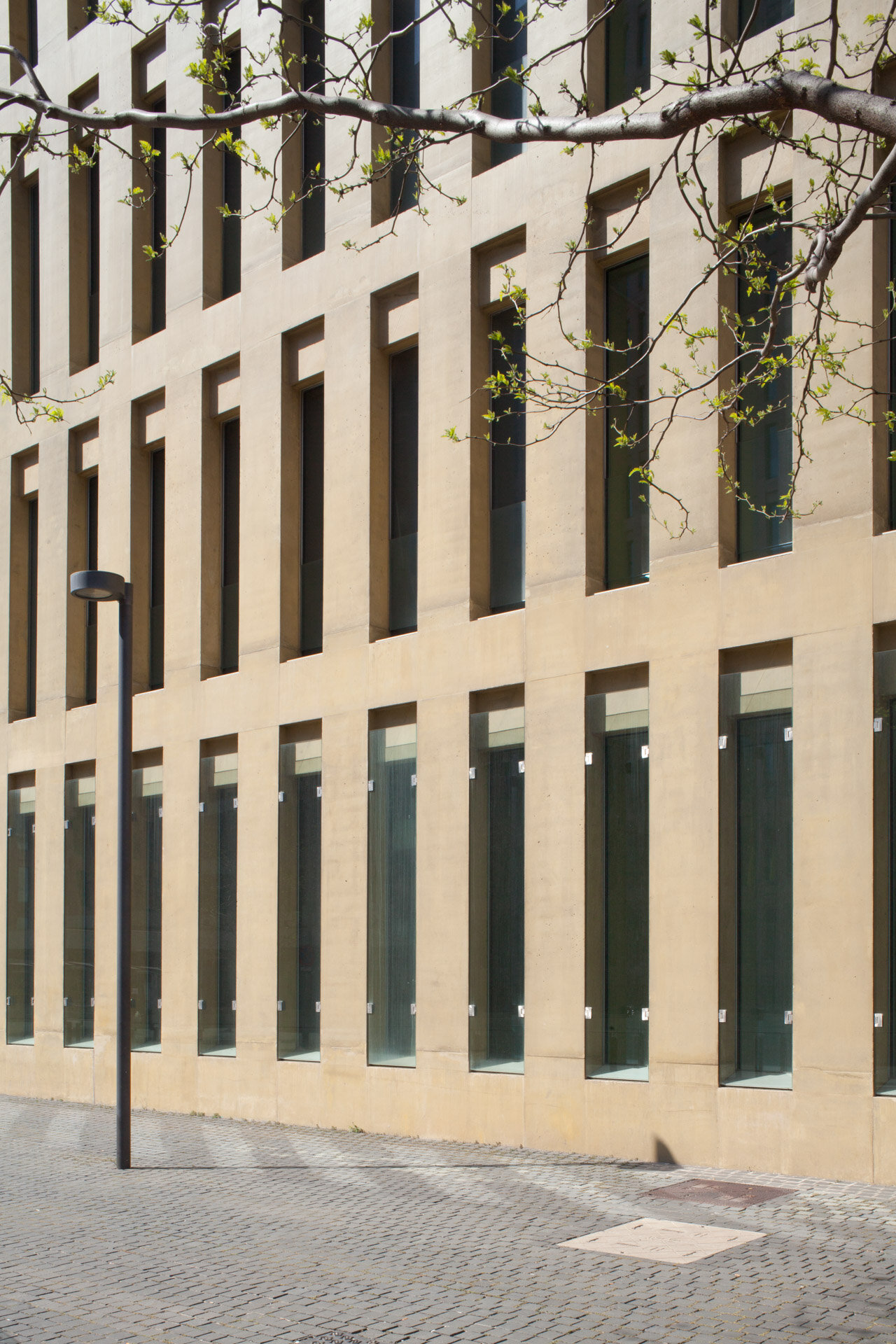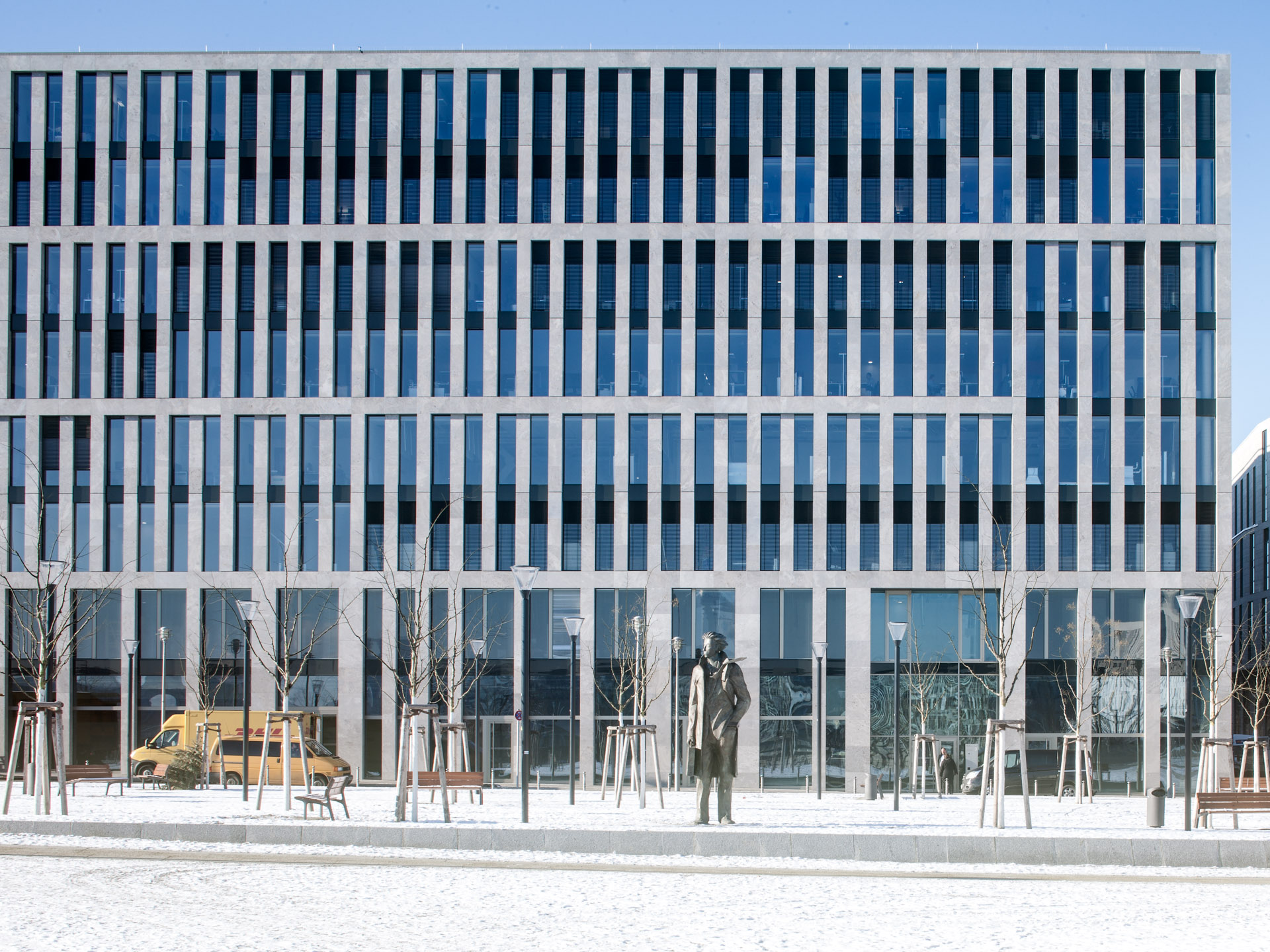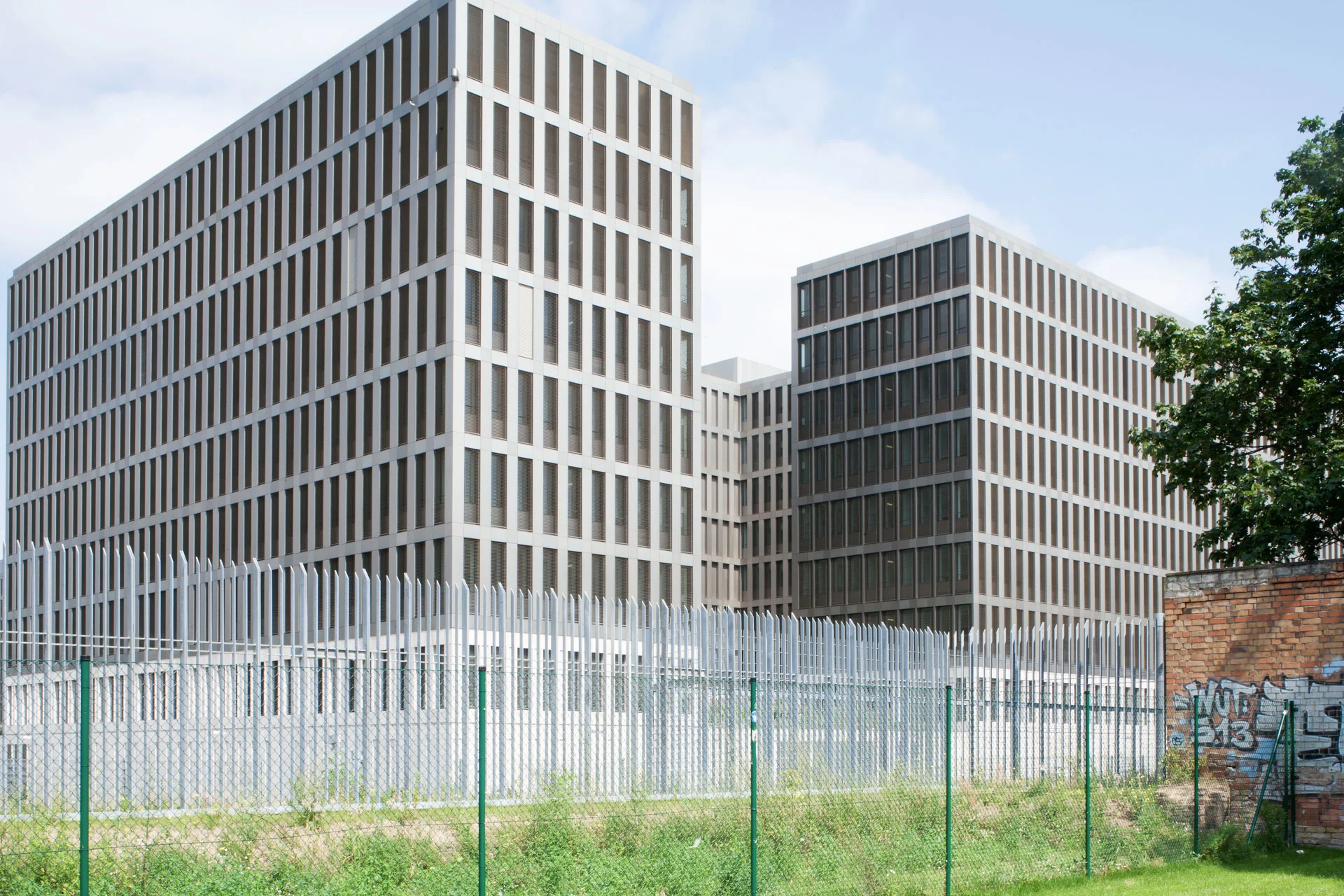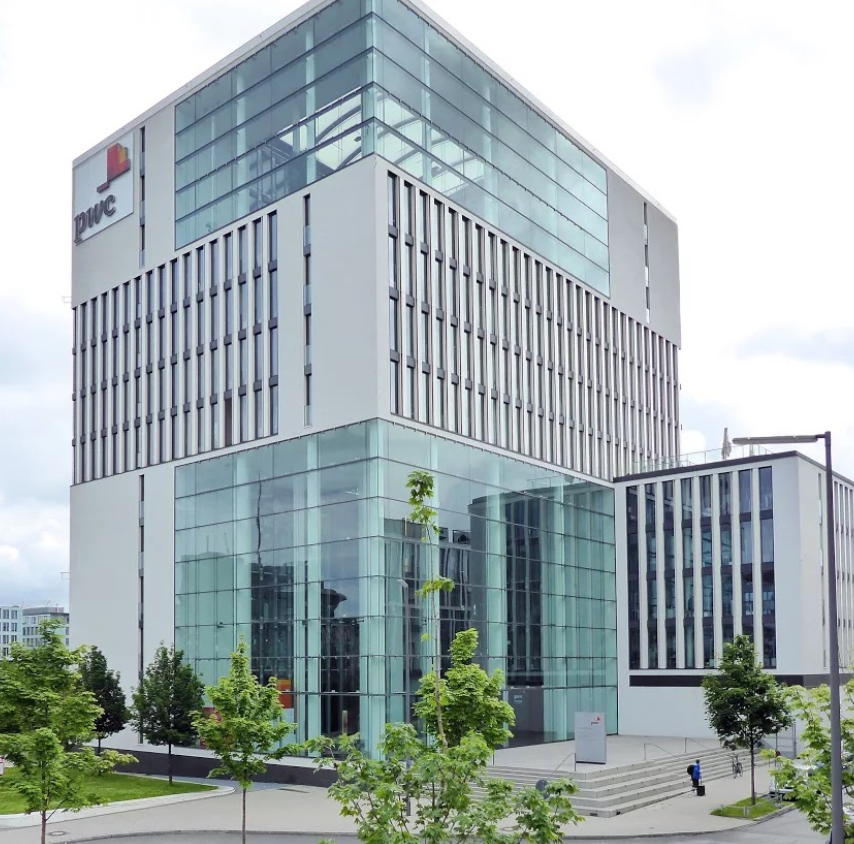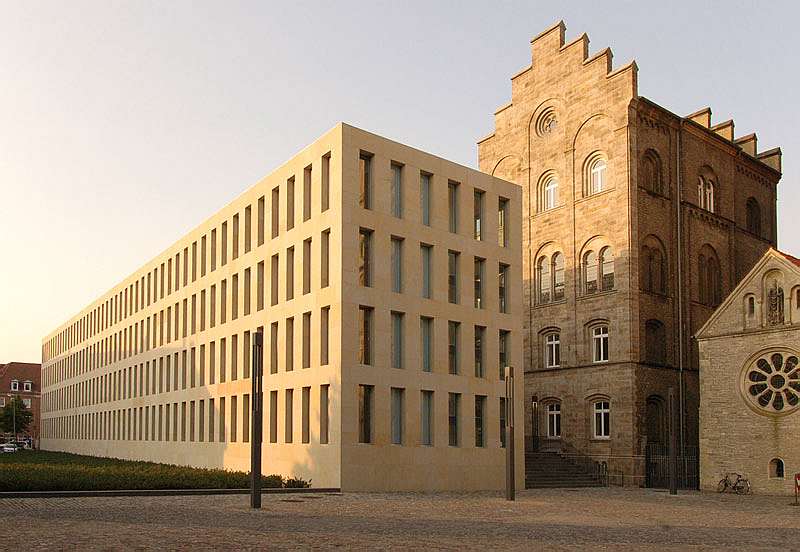|NF|N|TE
THE GLOBALIZED CITY-FRONT
© Photos: Luca Girardini; Text: Giulia Scotto
“InfInIte” is a project which documents a trend in contemporary architecture: the ubiquitous repetition of the vertical grid facade,
A bimateric façade consisting of an opaque structural part and a glazed part.
IT is AN homogeneous front of new parts of cities in Europe:A globalized city front.
“InfInIte” is a project which documents a trend in contemporary architecture: the ubiquitous repetition of the vertical grid facade (VGF). The VGF is a bimateric facade consisting of an opaque structural part (usually concrete, brick or stone) and a glazed part (usually high performing triple layer glass). The proportion between the opaque and transparent is around 2:1. The pure prismatic volume is homogeneously wrapped in the weave. There is no front or back, no north or south. Only the ground floor diverges from the floors above, and hosts the (often hard to find) entrance door. The facade is not really structural, the real structure is well hidden inside the building. The VGF is the distorted and simplify result of the myth of intellect and of the absolute faith in the industrial process which started fascinating architects at the beginning of the twentieth century. It is the stepchild of the “Miesian” aesthetic of silence and of the “Lecorbusierian” desire to free plans and façade. Thanks to its image of efficiency and technological neutrality the VGF usually conceal offices, administrative and institutional working spaces. In times of economical recession it’s minimalist poetic is the perfect marketing strategy for a new moral austerity which brings relief after many tiring and costly years of postmodernism, high tech and “Zahahadidism”.
It is “more with less”. With less design, less materials and less money you can have a more successful building. It is the fulfillment of Hilberseimer’s vision of a city-engine perfectly integrated in the rational capitals production process. And architecture is indeed part of the process, it’s a good like any other and it must fallow the severe law of supply and demand. To be an architect means to accept to be part of the assembly line, to respect the market lows and produce fast, law-cost, functional and flexible buildings. The VGF is ubiquitous, it appears in the center as well as in the periphery, in the complex historical urban fabric as well as in the areas of new urbanization. Regardless of the program and the location it generates quite, almost sedated, neighborhoods. Thanks to the comfort of anonymity and the calming effect of repetition it brings peace into chaos. The injection strategy seems to be working everywhere in the same way. There is no local declination or substantial differentiation of the basic grid.
The language is the same, a sort of simplify Esperanto, a very plain international English everybody can understand. It can make you feel at home and it can make you feel lost, not knowing anymore if you find yourself in the center of Tokyo or in the periphery of Berlin. Many tried to define and judge the phenomenon of the VGF and its similar. Some criticize it, some other legitimize it. Someone called it “ bureaucratic architecture” and “architecture without quality”, others argue weather we can call this architecture at all. Trying to suspend once more our judgment we just ask ourselves: is it the fine product of a society which got cynical, where everything is relative, there is no good nor bad, everything is just “ok” or is it really “ok”?
-- Text by GIULIA SCOTTO - Architect and Urban Planner --
The spaces created by the endless façades are aseptic and neutral. People become extras in a hyper-planned public space and urban front. The idea of having a project that designs every single detail of a lived space has perhaps failed, certainly if we carry it on and always try to solve more construction problems using a design software we will have perfect environment, so "calculated" as to be more suitable for a render than for a lived space. The photos have sometimes been criticized as too pure, as well as renders. Perhaps it is with this 3d "style" that I represent the extra-designed urbanity.
And so the people in my photos are like extras.
Something that works well on the computer is not necessarily suitable for human life.
They are not really using the space, but they are passing through, they do those temporary activities that are not really urban life: they wait for the dog to make the poop, or they pass by running, or walking, however, they do not stay. |nf|n|te is this, the representation of a perfect city, of which we have found the constructive solution which is good everywhere, which does not create problems, and which perhaps responds to the need of an inhabitant, who has no interest in public space, which uses the city just as transition from a private space to another. Is perfection really optimal?
Luca Girardini
PROJECTS ALREADY PHOTOGRAPHED
NEXT PROJECTS
THESE PROJECTS WILL BE PHOTOGRAPHED SOON


